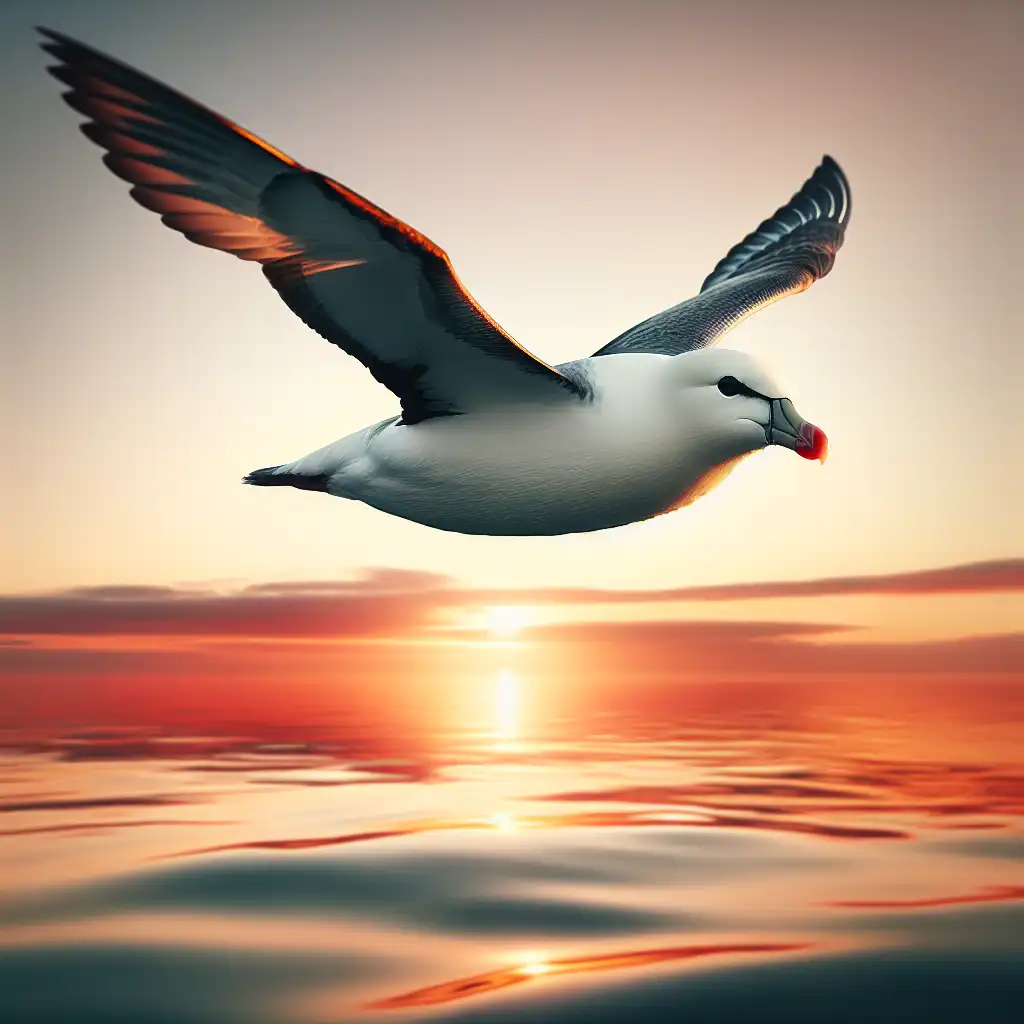
Fulmar
Bird Family
Fulmars belong to a bird family called 'Procellariidae' which includes petrels and shearwaters.  The fulmar we observed on the cliffs is a member of the Procellariidae family.
The fulmar we observed on the cliffs is a member of the Procellariidae family.
Habitat Understanding
Fulmars are generally found in cold seas; learners should associate them with Arctic or subarctic regions.  During our trip to the northern coasts, we spotted several fulmars gliding over the cold waters.
During our trip to the northern coasts, we spotted several fulmars gliding over the cold waters.
Physical Traits
Fulmars have a unique, tubenose structure which distinguishes them from similar seabirds.  You can identify a fulmar by its tube-like nostrils atop its beak.
You can identify a fulmar by its tube-like nostrils atop its beak.